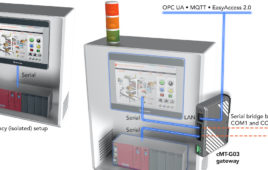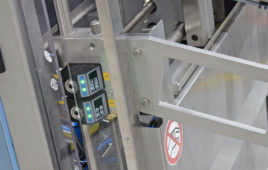Warning: adorable, fluffy pups lie ahead. (And some science too, I swear.)
Researchers at the National Institute of Standards and Technology (NIST) 3D-printed an anatomical replica of a dog’s nose, creating a sensor that sheds light on why our cute canine companions have unparalleled sniffers—particularly, why dogs’ ability to sense vapors enables them to detect everything from bombs to pathogens.
The NIST team utilized biomimicry, or studying nature to find solutions to human problems, in order to make current commercial chemical detectors function better. (These are typically employed to sense narcotics and other drugs.) Using the 3D-printed component—consisting of the “nasal vestibule, external nose, lower jaw, and about 10 cm of the snout” of a female golden retriever—the team was able to observe the external aerodynamics at work as a canine sniffs.
Researchers placed the printed schnoz in a schlieren optical system (which displays how air moves around an environment) to simulate the “sniffing” of acetone vapor. During exhalation in particular, the team discovered that the snout pulls air towards itself, enabling the dog to grab otherwise inaccessible odors from tens of centimeters ahead of its nose.
After the experiment, the team incorporated their findings into several commercially available vapor sensors, equipping them with “nostrils.” Improvements in sensing were dramatic—sometimes by a factor of 18.
According to the research: “These lessons learned from the dog may benefit the next-generation of vapor samplers for explosives, narcotics, pathogens, or even cancer, and could inform future bio-inspired designs for optimized sampling of odor plumes.”
Besides being such good boys and girls, dogs are actually Mother Nature’s best chemical detectors. That being said, I think Fido deserves an extra treat and belly rub when you get home…
Filed Under: M2M (machine to machine)




